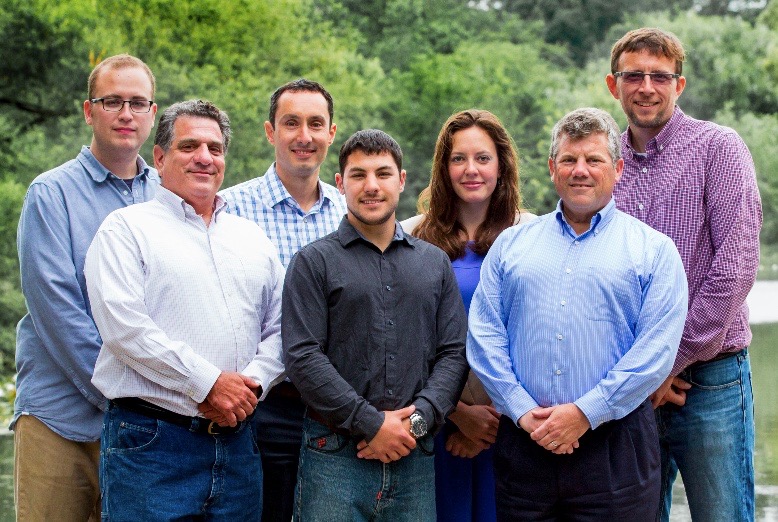“Nowadays, the main value that I can provide for the company is hiring really great people.”
This is how Zvi Band, cofounder and CEO of Contactually, describes his job. But this hasn’t always been his role — “When I was starting the company, I was writing half of the software code,” he said. “I was one of the cofounders, I was writing the code, I set up the website, I was building everything, doing all of this work.”
As Contactually — a relationship-tracking software service — began to grow and the company hired engineers to work with Band, more engineers were hired to work for him. “All of the sudden I’m now managing a VP of engineering,” Band said.
Now, in contrast to the early stages, he also spends a lot of time thinking about things like long-term goals and “company culture.”
This is very good news from a company perspective — it means that Contactually is now out of the “initial startup phase,” as Band put it, and into the growth phase. However, from a personal perspective, it means that Band’s job description has changed in a major way since he and two partners founded a company looking to transform the way businesses stay in touch with clients in 2011.
This is a challenging shift for a lot of founder/CEOs because founders, often doers by nature, face the task of learning to be enablers once they take on a CEO role.
“I guess it’s like being a parent,” Joel Holland, founder and CEO of VideoBlocks, said. Whereas once you found yourself taking care of every piece of the company, now it’s all (or getting to be all) grown up.
So how should you navigate this transition?
Band returns to the idea of hiring good people, then setting up clear frameworks for feedback. “Now we’re 60 employees — I still make sure that I have quarterly one-on-one check-ins with every individual employee,” he said. “I might not know what they’re doing day-to-day basis, but on a quarterly basis I want to check in with them.”
It’s also important to articulate a very specific set of metrics for what success and/or failure look like in different parts of the company. Holland feels strongly about this step. Learning not to micromanage can be a challenge, he said. But when every member of the company has clear goals for their role, a CEO can comfortably take a step back — at least until the next check-in.
Other tips Band has for the founder to CEO transition center on defining the employee-CEO relationship — something unnecessary back when you are your company’s only employee. Band says he’s found it helpful to distinguish between an opinion, a strong suggestion and a mandate, and make sure his employees recognize this difference too. This allows Band to give opinions without entering into the territory of micromanaging.
In the end, though, making a graceful founder to CEO transition depends on willingness to grow personally, and as a leader.
Jay Marwaha, president and CEO of Syntasa, says at some point many companies will need a professional CEO, and that’s OK. A founder might not want to make this shift in job description and lifestyle.
But assuming you do, you’ve got to be humble and continue learning. “The leader you are now might be very different than the leader your company needs you to be, or will need you to be in the future,” Band said. “If you want to continue to be that person, you have to be always leveling up your skills.”
How to transition gracefully from founder to CEO







